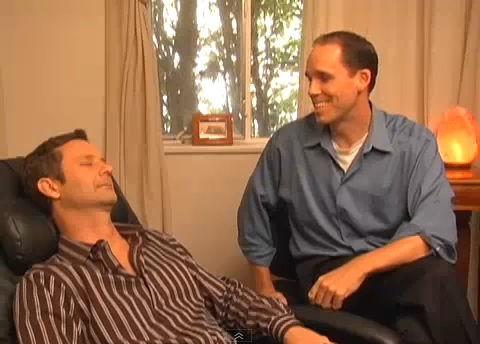Once upon a time we, too, had access to amazing and wonderful worlds in our imagination and the lucky ones of us still do.
Unfortunately, most of us at some stage were told that daydreaming was a waste of time and we should always be fully present and focused. How many of us sighed as we closed the doors on the magical lands of our childhood and knuckled down to life in the real world?
Imagination.
When we watch a child playing we can observe how engrossed they can be in that imaginary world inside their minds.
- A cardboard box can become a train or a boat.
- A plain old stick can become a jewel encrusted sword that is used to slay dragons and rescue princesses.
- We may be the princess, beautiful beyond all in the land, living in a castle in the clouds with a stable full of pink ponies.
The surprising news is that research is now showing that using our imagination can have very significant benefits in many areas of our lives, including work, creativity, health and physical skills.
What can Guided Visualization be Used For?

Guided visualization is used by many people as a meditation practice, but it can also be considered as a hypnotic technique.
When we embark on an inner journey the experiences we have in our minds can actually produce physical responses in the body.
More and more top athletes and sports personalities use visualization techniques to enhance their performance and scientific studies have shown that this practice is almost as good as actually physically practicing in real life.
These mental rehearsals promote feelings of success and confidence and increase levels of performance.
Guided imagery can also be used to promote health. You can visualize the parts of your body that need to be well again or imagine an army of white blood cells conquering invading germs.
In fact, the use of visualization in this way is only limited by the extent of our imagination.
Guided Visualization as a Therapy.

A clinical hypnotherapist can work with you to offer guided visualizations to help you with any aspect of your life. In this non-reality that you take part in it is easier to find solutions to problems and learn how to deal with stressful situations in real life.
In this context the difference between a guided meditation and a guided hypnosis session is that in the latter the hypnotherapist can interject beneficial suggestions at the appropriate time in order to effect change.
Creative Potential.
Albert Einstein used visualization to discover the theory of relativity by imagining himself sitting on the tip of a beam of light soaring through space and Thomas Edison used to sit in a chair and allow himself to go into an altered state of awareness to find solutions to problems.
From the depths of the imagination through the twin doorways of dreaming and visualization many great works of art, music and invention have been brought forward into the world.
Who knows what you can achieve through accessing your own inner genious potential?
You can Do it Yourself!

It isn’t necessary to consult a hypnotherapist in order to take part in a guided visualization exercise although some people do find it helpful to have another person direct them as to what to do or where to go within the imagery. For most others, hypnosis mp3s or CDs do the trick.
If you would like to practice with this technique, try the following:
1. Find somewhere comfortable to rest where you won’t be disturbed.
Sitting in a supporting chair is probably more helpful than a bed, where you may fall asleep too quickly.
2. Give yourself suggestions to relax your body.
Try breathing more deeply and focus on areas of your body from the top of your head to the tip of your toes, feeling the relaxation deepening in each area.
3. Imagine yourself somewhere where you will feel comfortable and secure.
This may be indoors or outdoors, somewhere exotic or even in your own back garden.
When you use all of your senses you will find yourself more absorbed in the scenes that you are creating. For example, you may smell the flowers, feel the warmth of the sun on your skin and hear the birdsong.
4. If you have a problem you want to solve, ask yourself about that situation whilst in this special place you have created.
View the images as if they are happening, as you would see them if you were watching a film.

5. Allow yourself to observe any symbols or images that come into your mind.
The answers may seem abstract at first but try not to dismiss any impressions you get too readily.
6. As you emerge from the visualization make notes of what you experienced.
Also make notes of anything that has captured your attention.
Outcomes.
With repeated practice of techniques like these you can access your subconscious mind to improve many areas of your life. There is a popular quote that states “thoughts become things” and once you start to take control of your thoughts through guided imagery you will find your life responding in many positive ways.
If you’re thinking that no matter how hard you try you just can’t visualize, then perhaps you are one of those very lucky people who has never had any worries in life.
In order to worry about something we have to imagine it first and go down that road of negativity towards chaos, upset and ruin. Of course, that is all visualization too, just of the wrong kind!

